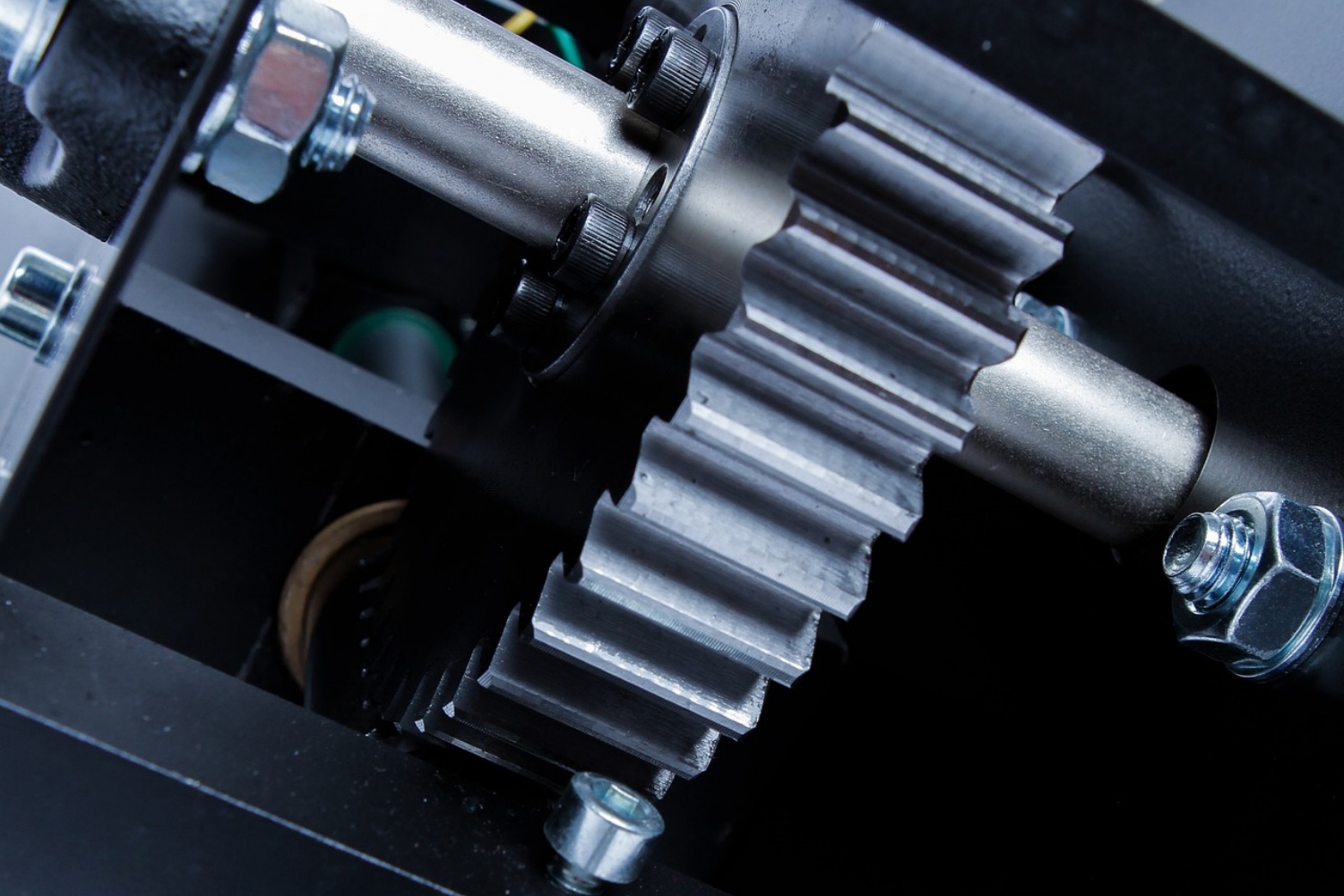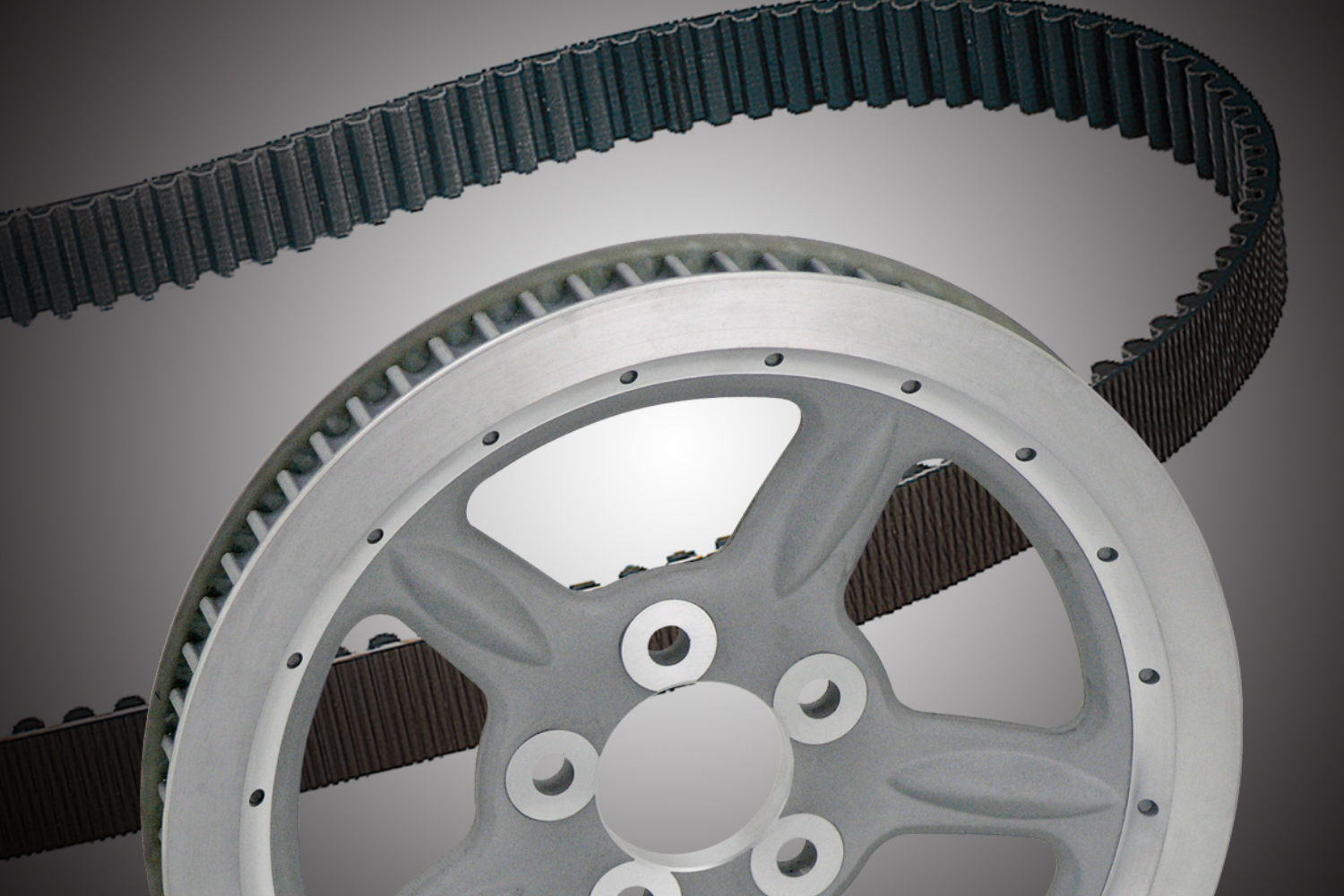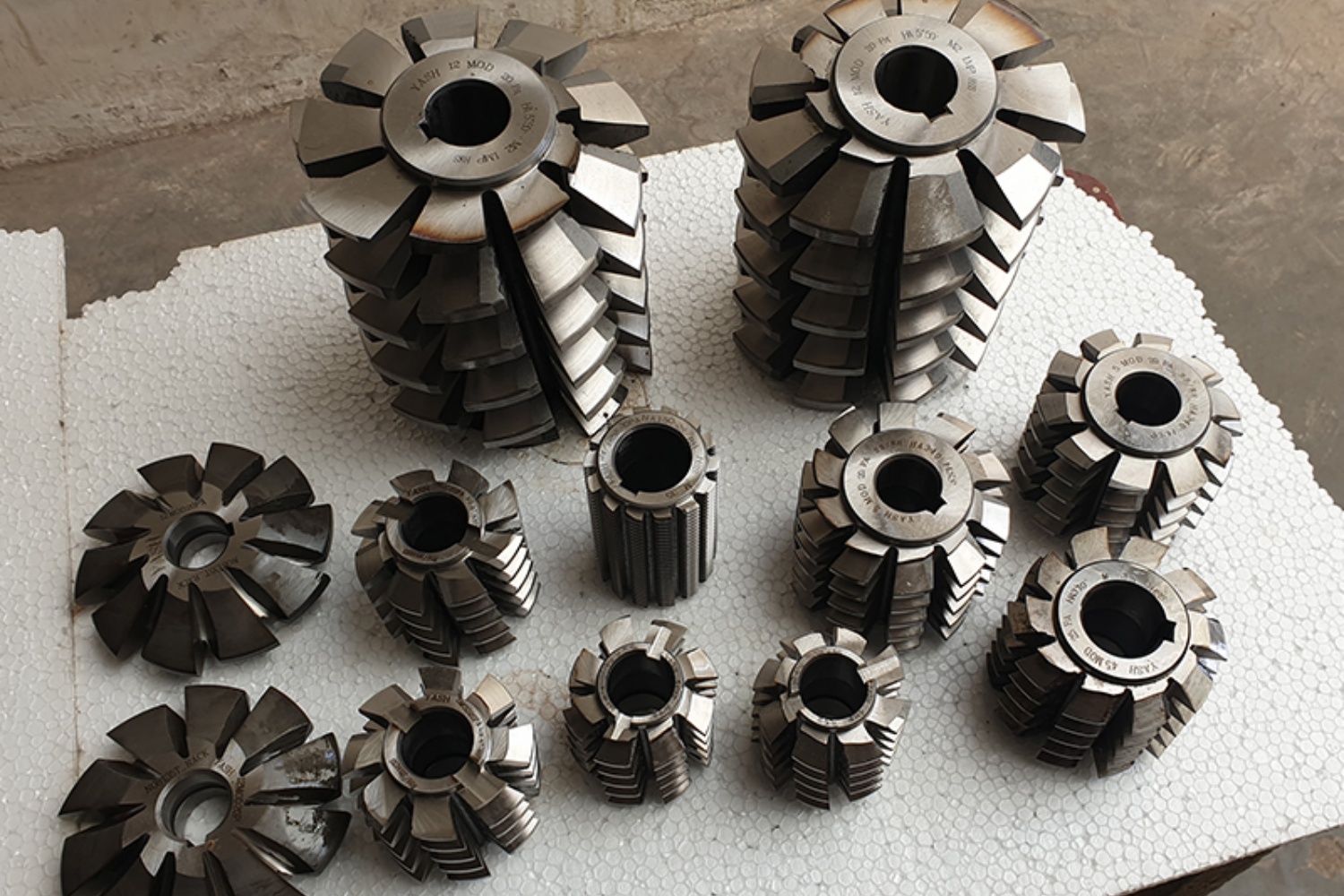The sprocket is driven by a chain, usually in English units. They are divided into single-line, double-line and multi-line, and suitable for low speed, heavy load, high temperature and other working conditions. Compared with gears, sprockets can be used for dual-axis centers. While gears are driven by meshing with each other and most units are metric units and are expressed by modulo. The gearbox has a large range of power and speed. It has a compact structure, large transmission ratio, high efficiency and long service life.
The main differences between gears and sprockets are:
1. The gear has an involute tooth profile, while the sprocket has a “three-arc straight line” tooth profile.
2.The transmission between parallel shafts and any staggered shaft can be realized by gears, while the sprocket can only make the transmission between parallel shafts.
3.The gear has a compact transmission structure, while the long-distance transmission can be achieved by sprockets.
4.The gear is driven by the meshing of two teeth, but there must be a chain driving the two sprockets.
5.The gear has more torque than the sprocket.
6.The machining accuracy and installation cost of gears are higher than those of sprocket.
7.With the characteristics of light weight and low cost, sprocket transmission is suitable for transmission with a large center distance.
8.Machining accuracy of sprocket. The chain transmission is smaller than gear transmission, so it is easy to change the parameters of the existing chain drive (transmission ratio, center distance, etc.).
9. Normally, the sprocket drive has a high sprocket gear meshing with the chain at the same time. The sprocket tooth groove arc is large and the gear stress concentration is small, so the sprocket drive has a larger bearing capacity and the tooth surface wear is light;
10.Thanks to the good elasticity of sprockets, as well as each hinge part of the sprocket has a storage of lubricating oil, so it has better cushioning capacity and vibration absorbing capacity compared with rigid contact teeth.
11 Under some circumstances, the performance of sprocket transmission is not as good as gear transmission. For example, when the transmission capacity is limited by space and the center distance is small, then the instantaneous transmission ratio is a constant, or the transmission ratio is too high, so there would be a relatively high speed and low requirement of the noise control.
CONTINUE READING
Related Posts
In the world of industrial manufacturing, the efficiency and reliability of transmission systems are critical to the success of any […]
In industrial settings, a smooth and quiet power transmission system is crucial for productivity, safety, and worker comfort. V Belt […]
Splines play a critical role in mechanical power transmission systems, enabling rotational motion and torque transfer between mating components. These […]




